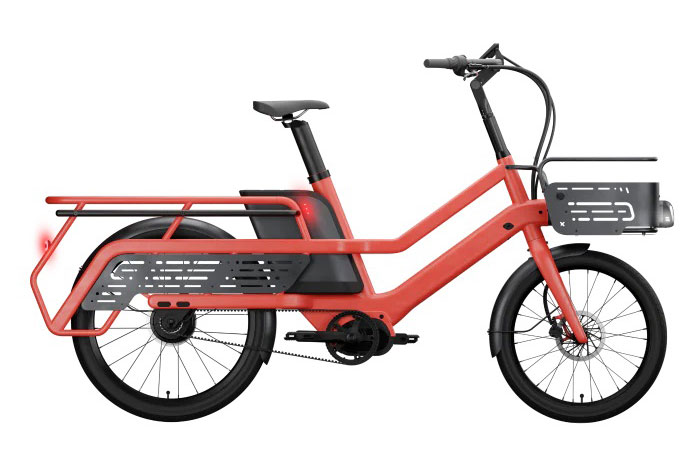
Rechargeable aqueous zinc batteries are finding their niche in stationary storage applications where safety, cost, scalability, and carbon footprint matter most. However, zinc-ion batteries generally show lower Coulombic (charge) efficiency than state-of-the-art lithium-ion batteries.
Now, researchers at Oregon State University have developed a new electrolyte that raises zinc-based battery charging efficiency to nearly 100%. The research is part of the ongoing global quest for new battery chemistries able to store renewable solar and wind energy on the electric grid for use when the sun isn’t shining and the wind isn’t blowing.
“The breakthrough represents a significant advancement toward making zinc metal batteries more accessible to consumers,” said Xiulei “David” Ji of the OSU College of Science. “These batteries are essential for the installation of additional solar and wind farms. In addition, they offer a secure and efficient solution for home energy storage, as well as energy storage modules for communities that are vulnerable to natural disasters.”
Relying on a metal that’s safe and abundant, zinc-based batteries are energy dense and seen as a possible alternative for grid energy storage to widely used lithium-ion batteries, whose production relies on shrinking supplies of rare metals such as cobalt and nickel. Cobalt and nickel are also toxic and can contaminate ecosystems and water sources if they leach out of landfills. Also, electrolytes in lithium-ion batteries are commonly dissolved in flammable organic solvents that often decompose at high operating voltages. Other safety concerns include dendrites, which resemble tiny trees growing inside a battery.
“Zinc metal batteries are one of the leading candidate technologies for large-scale energy storage,” Ji said. “Our new hybrid electrolyte uses water and an ordinary battery solvent, which is non-flammable, cost-effective, and of low environmental impact. The electrolyte is made of a dissolved mixture of inexpensive chloride salts, with the primary one being zinc chloride.”
He further said the cost of electricity delivered by a storage facility consisting of zinc batteries could only be competitive with fossil-fuel-produced electricity if the battery has a long cycle life of thousands of cycles.
However, until now, cycle life has been limited by the poor reversibility performance of the zinc anode. Zinc cations in the electrolyte gain electrons and get plated on the anode surface during charging, while the plated anode gives up electrons for the workload by being dissolved into the electrolyte during discharge.
“This zinc plating and dissolution process is often woefully irreversible,” Ji said. “Namely, some electrons used in plating cannot be recouped during discharge. This is a problem in an area known as Coulombic efficiency.”
The new electrolyte developed by Ji and collaborators, including scientists at Massachusetts Institute of Technology, Penn State, and the University of California, Riverside, enabled a Coulombic efficiency of 99.95%.
“The primary challenge with zinc batteries is that zinc reacts with water in the electrolyte to generate hydrogen gas in what is called a hydrogen evolution reaction,” Ji said. “This parasitic reaction causes a short cycle life and is also a potential safety hazard.”
However, the new electrolyte restricts water’s reactivity and nearly shuts down the hydrogen evolution reaction by forming a “passivation layer” on the surface of the anode.
“Also, it is worth noting that the efficiency we measured is under harsh conditions that do not mask any damage caused by the hydrogen evolution reaction,” Ji added. “The breakthrough reported here heralds the near-future commercialization of the zinc metal batteries for large-scale grid storage.”
Journal reference:
- Heng Jiang, Longteng Tang, Yanke Fu, Shitong Wang, Sean K. Sandstrom, Alexis M. Scida, Guoxing Li, David Hoang, Jessica J. Hong, Nan-Chieh Chiu, Kyriakos C. Stylianou, William F. Stickle, Donghai Wang, Ju Li, P. Alex Greaney, Chong Fang and Xiulei Ji. Chloride electrolyte enabled practical zinc metal battery with a near-unity Coulombic efficiency. Nature Sustainability, 2023; DOI: 10.1038/s41893-023-01092-x
New electrolyte enables high efficiency of safe, sustainable zinc batteries
Source: Tambay News






0 Comments